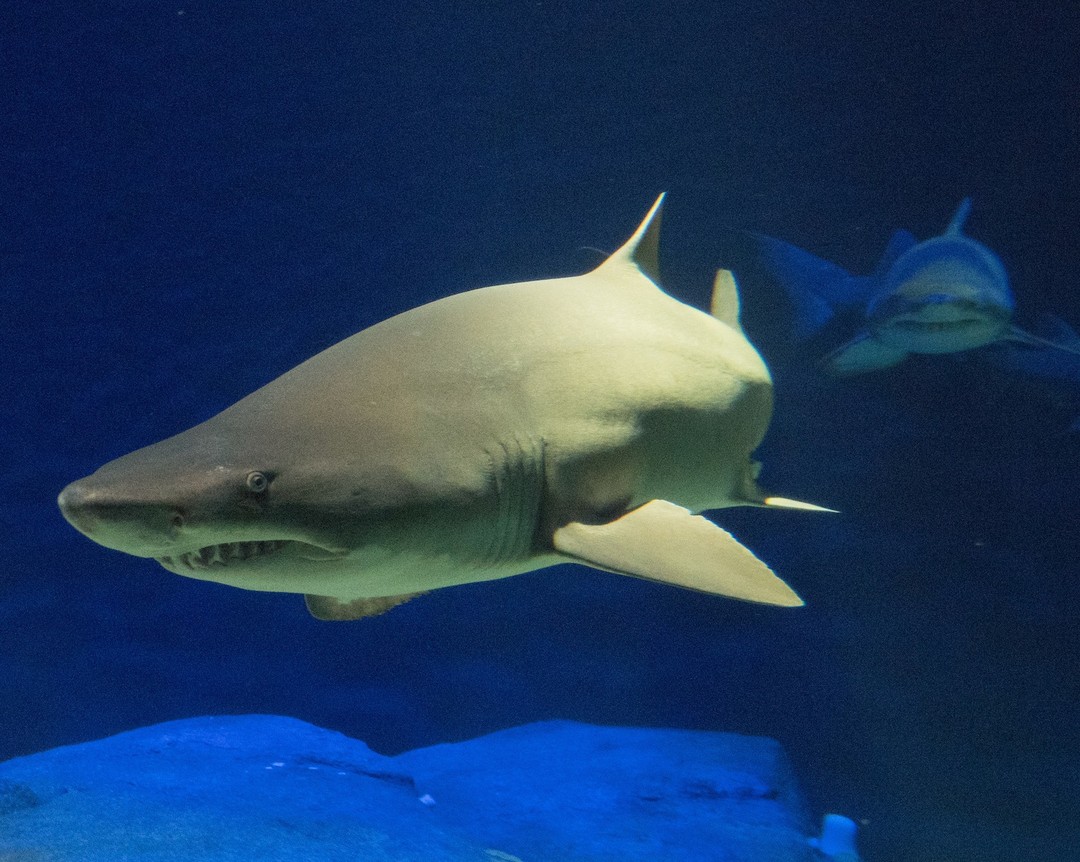- The New York Aquarium’s role in marine conservation and its local significance.
- Overview of diverse marine life, including sharks, at the aquarium.
- The annual medical check-up process for sand tiger sharks.
- Understanding the New York Bight as a shark nursery ground.
- Utilizing scientific research for shark conservation and policy development.
The New York Aquarium, an integral component of the Wildlife Conservation Society, plays a pivotal role in marine conservation efforts, both locally and internationally. Nestled on Coney Island, the aquarium serves as an educational and research hub, emphasizing the delicate balance between human activity and marine ecosystems. By providing a home for over 6,000 marine animals, the aquarium offers a window into the vast and diverse world of ocean life, from the vibrant reefs of Belize to the dynamic waters of the New York Bight.
The marine exhibits at the New York Aquarium display a rich tapestry of ocean life. Visitors can encounter a fascinating variety of species, from playful otters to the enigmatic jellyfish. Central to the aquarium’s exhibitions are its shark inhabitants, particularly the sand tiger sharks. These sharks are an essential part of the marine ecosystem, serving as both predator and prey, and their presence offers unique insights into the aquatic environment of the nearby New York Bight.
Understanding the health of these sharks is critical, which is why the aquarium conducts an annual medical check-up. This process involves a collaboration between animal health experts and the shark team. The procedure is vital for monitoring the sharks’ physical condition, assessing their nutritional needs, and ensuring the wellbeing of these majestic creatures. The check-up involves various tests and observations, including blood tests, ultrasound scans, and visual inspections to detect any health issues early.
The New York Bight, a region stretching from Cape May to Montauk Point, has been identified as a crucial nursery ground for sand tiger sharks. This area provides an ideal habitat with abundant food supply and protection for juvenile sharks, enabling them to grow and mature before venturing into open waters. Recognizing the importance of this area highlights the need for informed conservation strategies that protect these critical habitats from overfishing and environmental degradation.
Research is fundamental to the aquarium’s conservation efforts. Through initiatives like the New York Seascape program, scientists engage in acoustic and satellite tagging of sharks, gathering essential data on their movements and behavior. This information is instrumental in developing effective marine management policies and conservation strategies. By understanding migration patterns and habitat use, researchers can advocate for protective measures that benefit both marine life and local fisheries.
The New York Aquarium also serves as an educational institution, fostering a connection between the public and the marine world. Through exhibits, interactive displays, and specialized programs, the aquarium educates visitors on the importance of marine conservation and the role of each species within the ecosystem. By inspiring awareness and appreciation, the aquarium encourages proactive stewardship of our planet’s oceans, emphasizing the shared responsibility of ensuring their health and vitality.
*****
Source Description
Happy The New York Aquarium is a leading voice in local marine conservation, committed to ensuring that people and wildlife can effectively share the waters that surround this great city of islands and beyond. At the New York Aquarium you can observe over 6,000 marine animals from Glover’s Reef in Belize to sharks found in our backyard – the New York Bight.
In this video, our animal health and shark teams are performing an annual medical check-up on our sand tiger sharks. Sand tiger sharks migrate from down south to spend the summers as juveniles in coastal waters off Long Island. In 2016, these waters were identified as a nursery ground, providing a safe habitat with plenty of food and safety from older sharks. Through acoustic and satellite tagging and monitoring of several species of sharks, including sand tiger sharks, our scientists in the New York Seascape program help protect sharks and inform fisheries and management policies.


